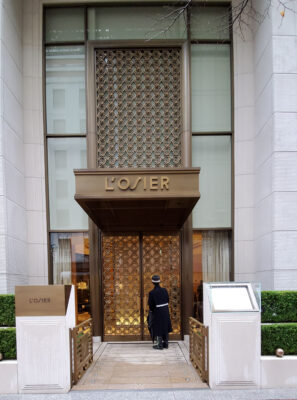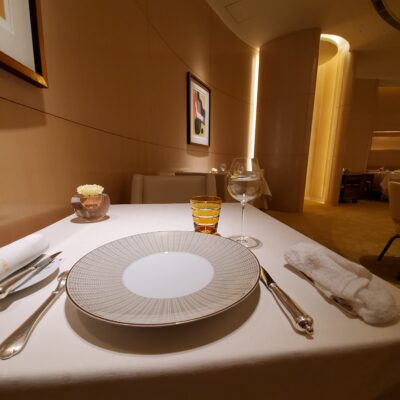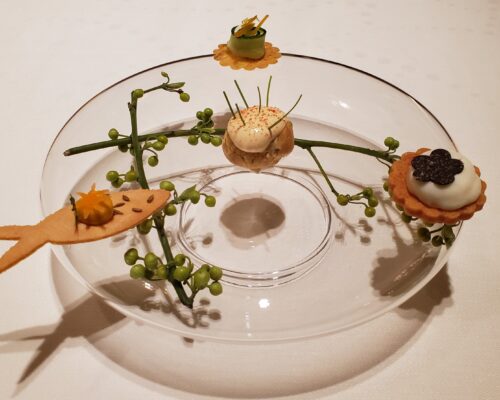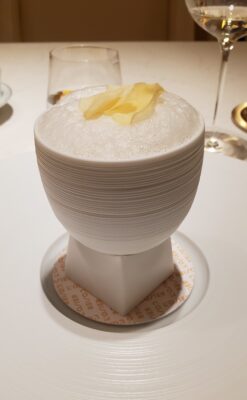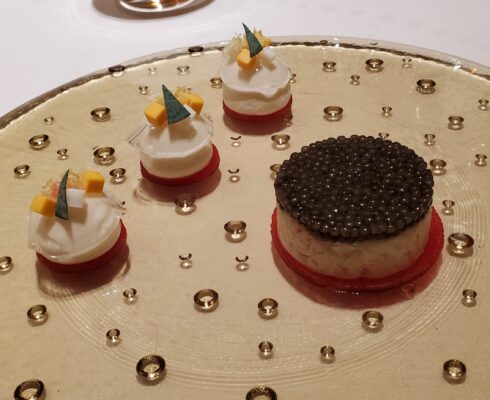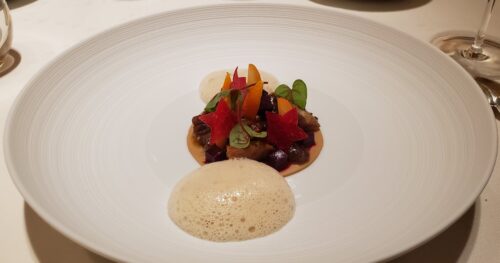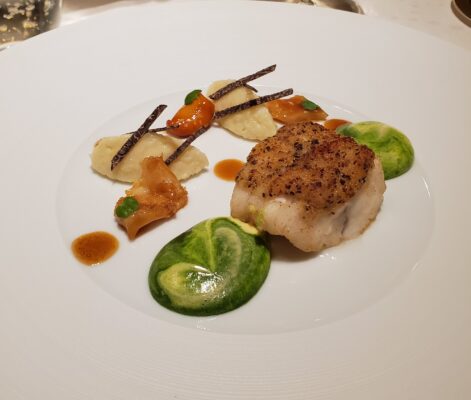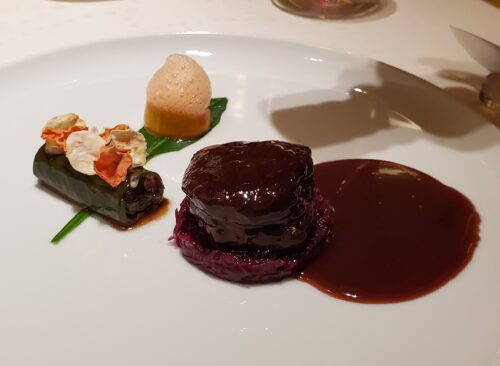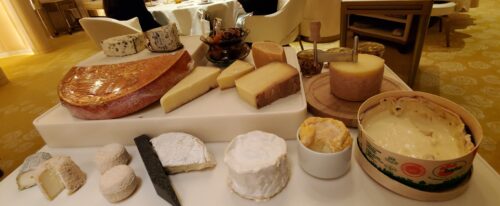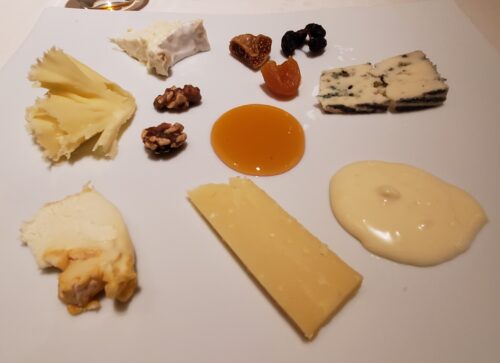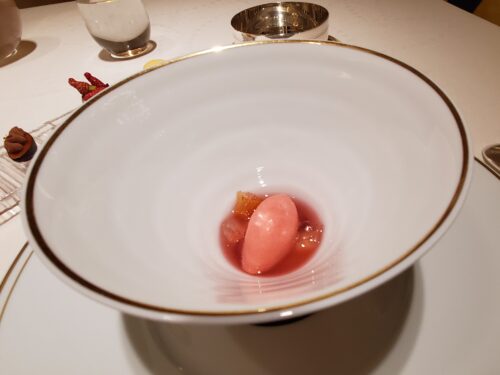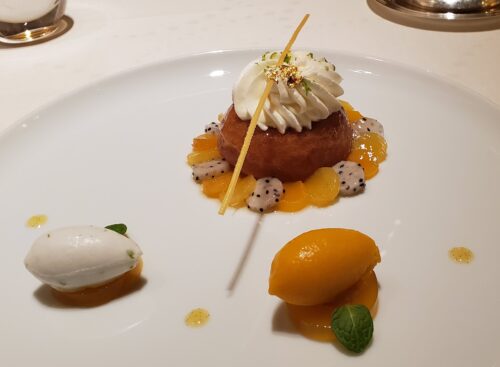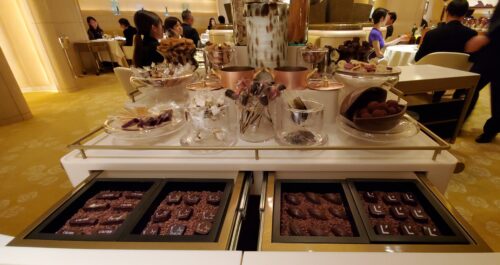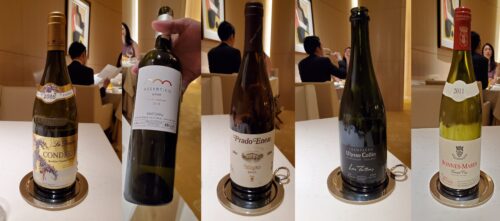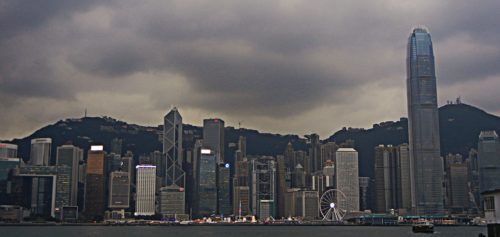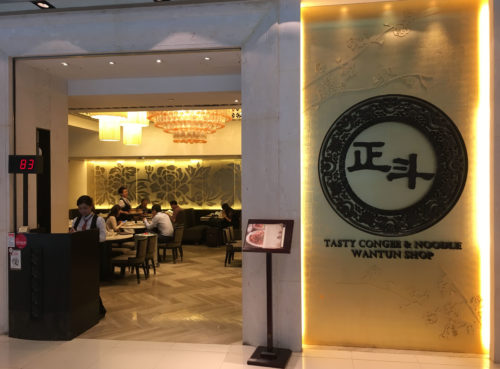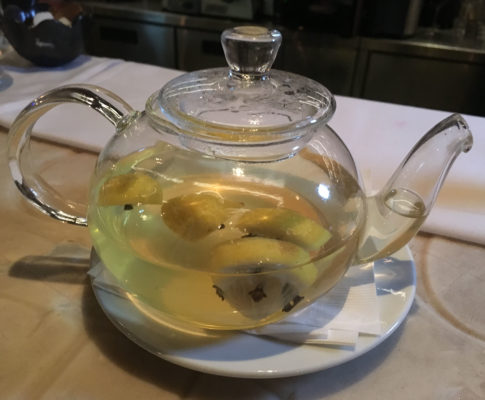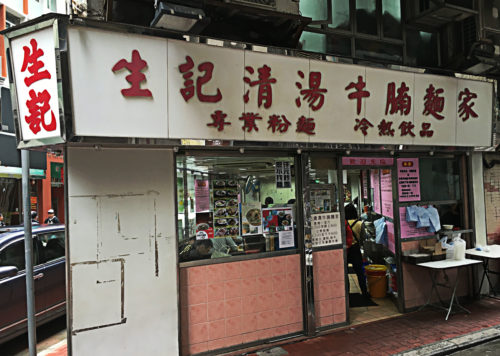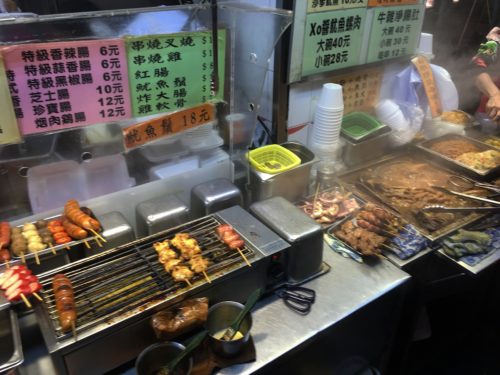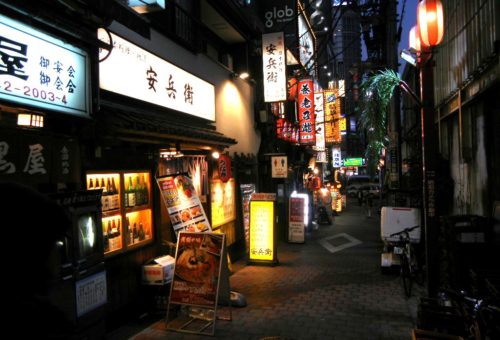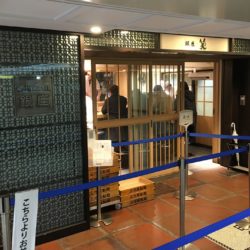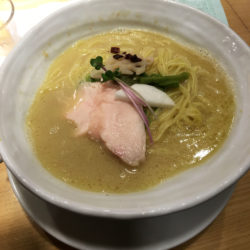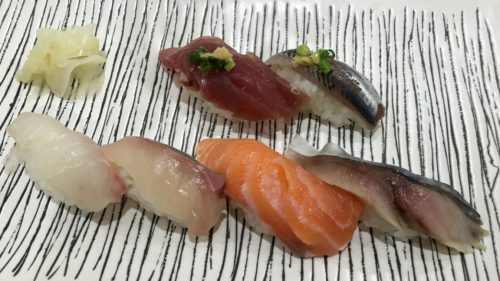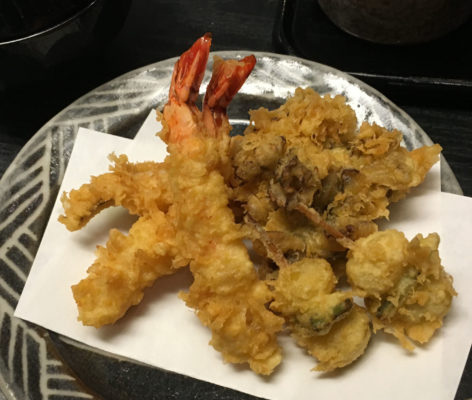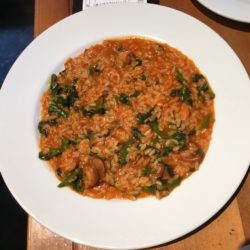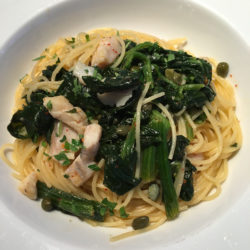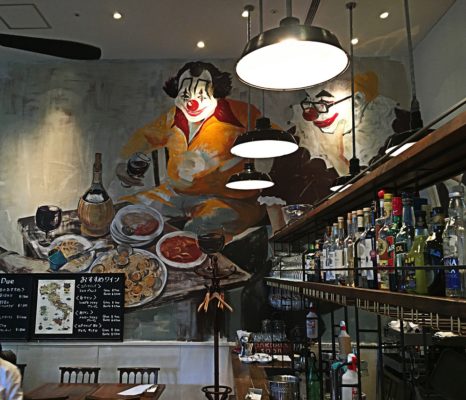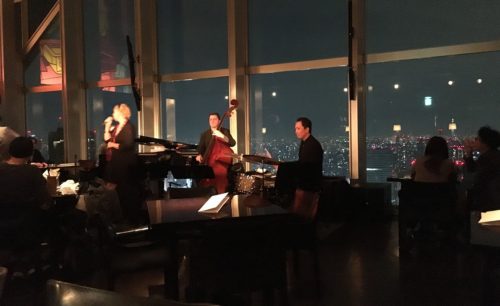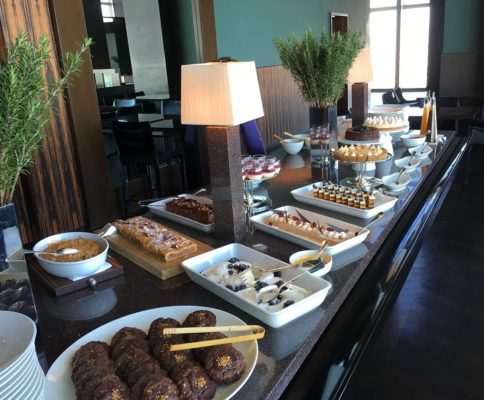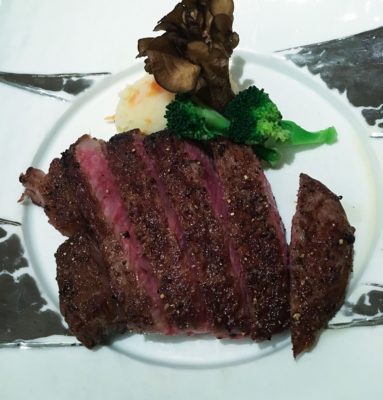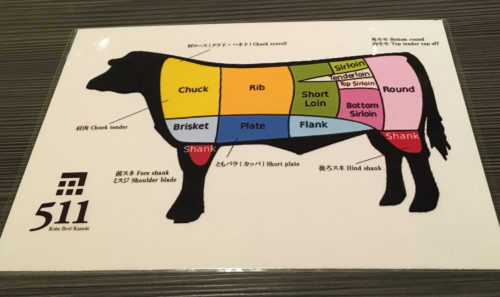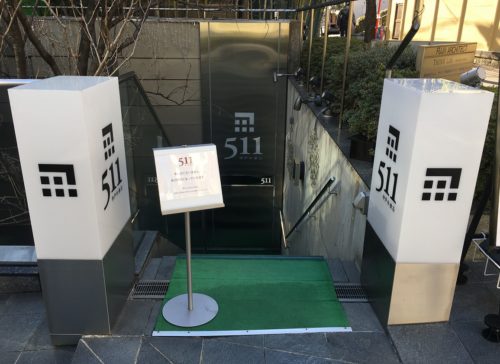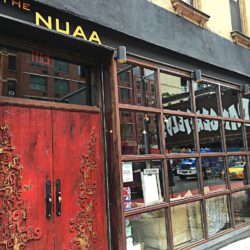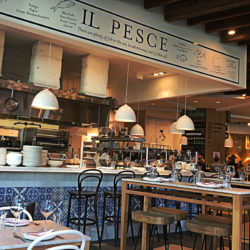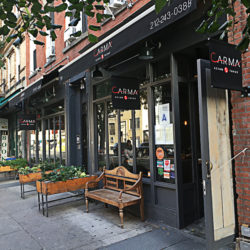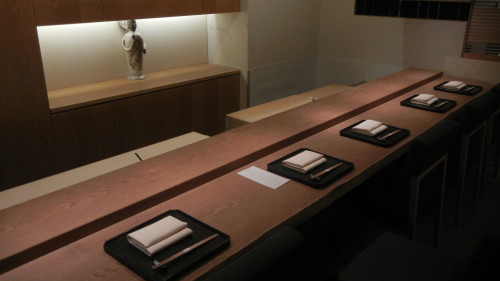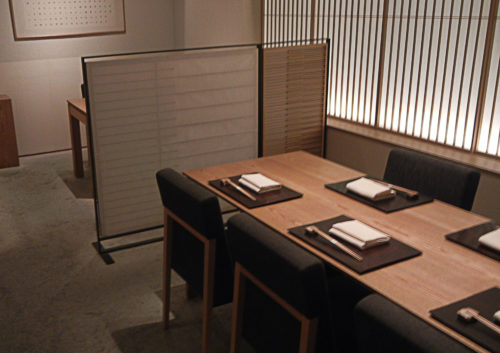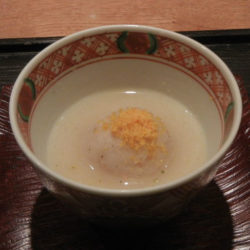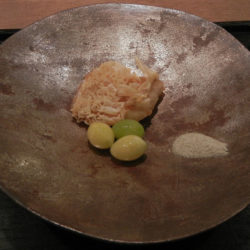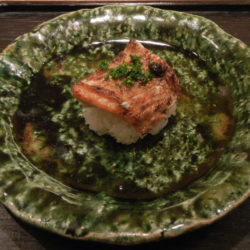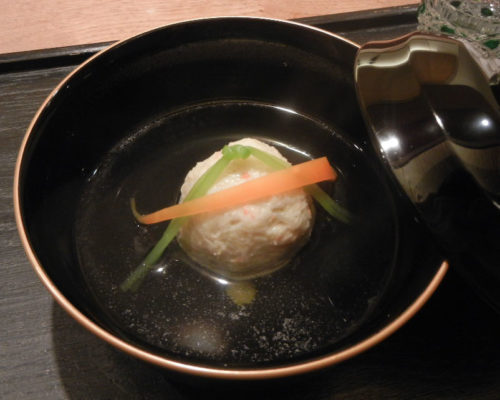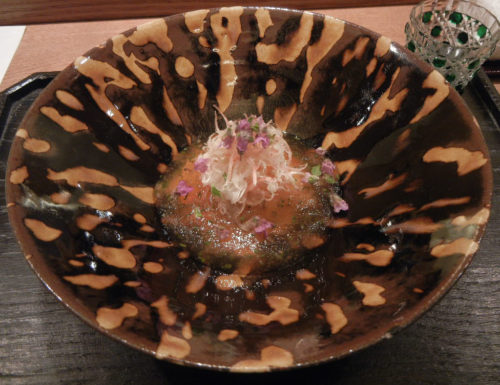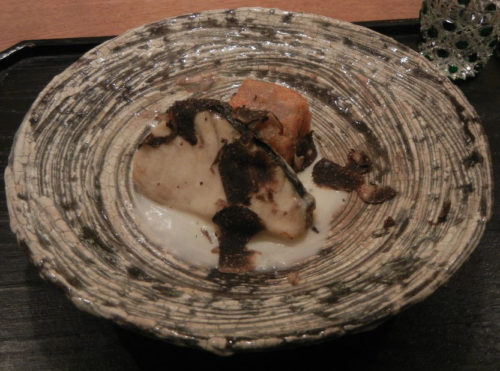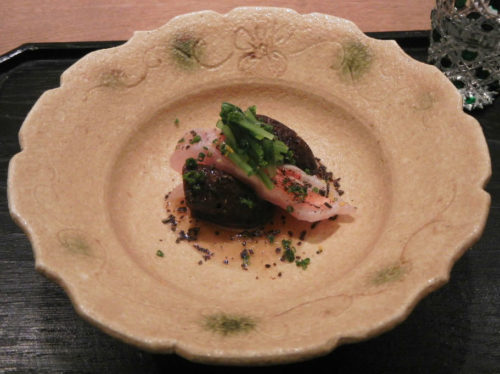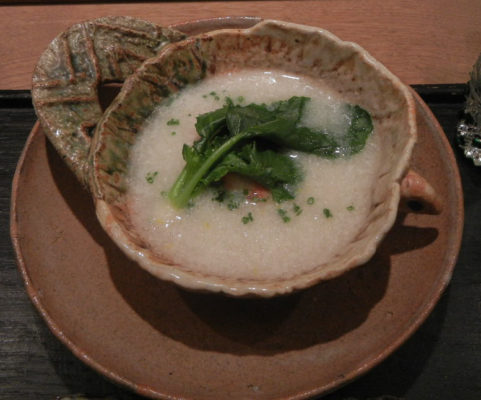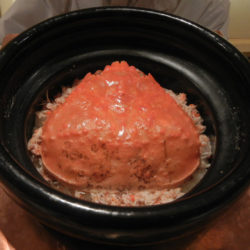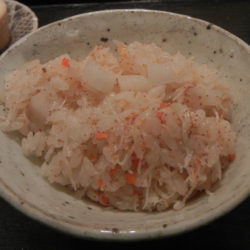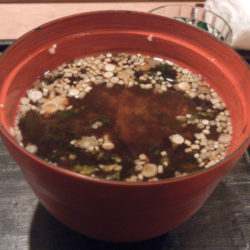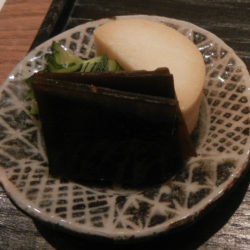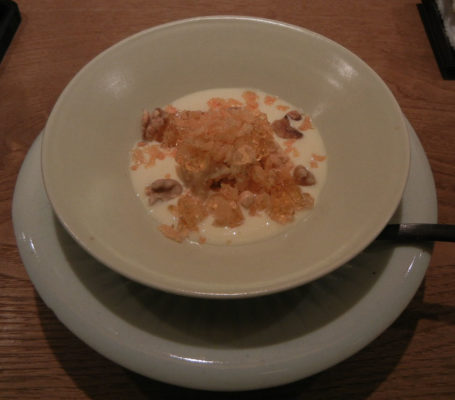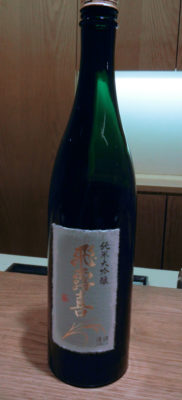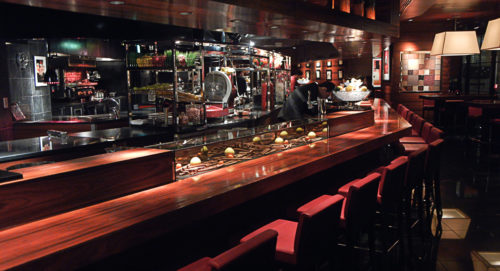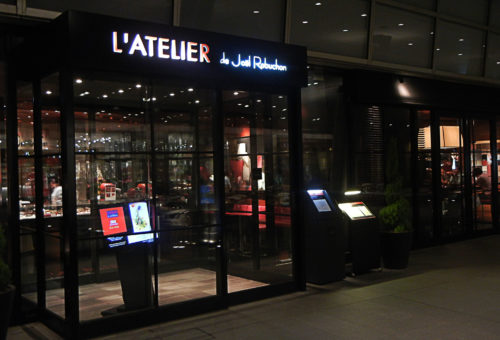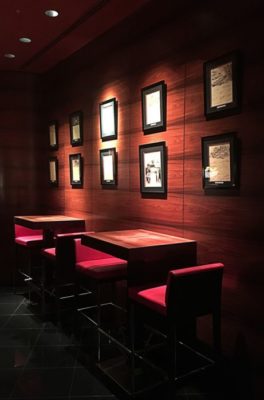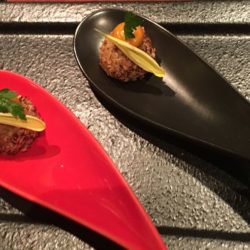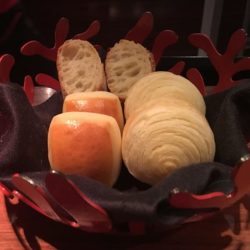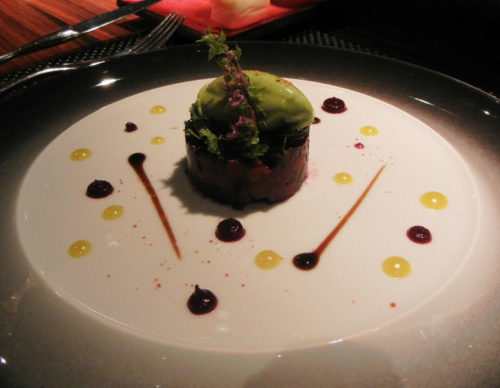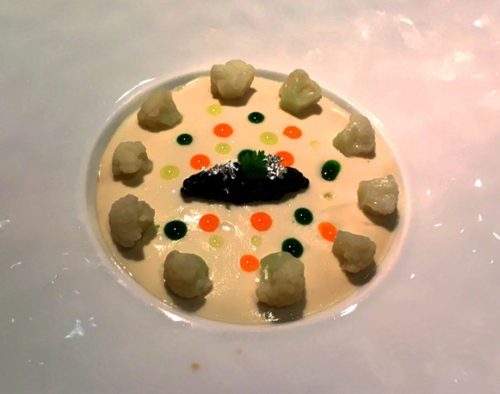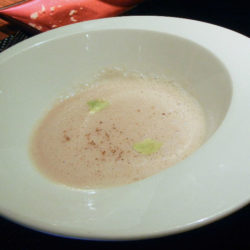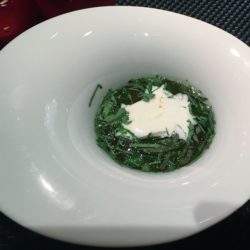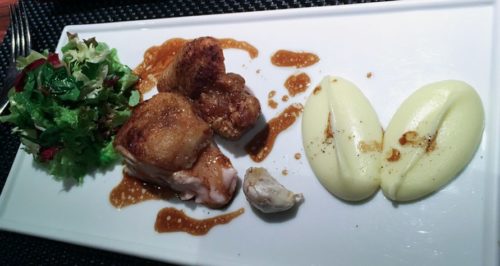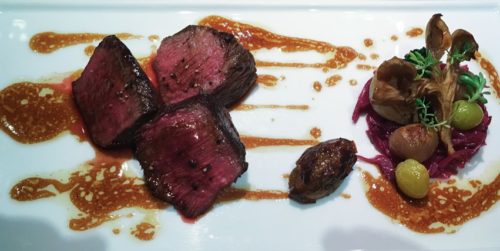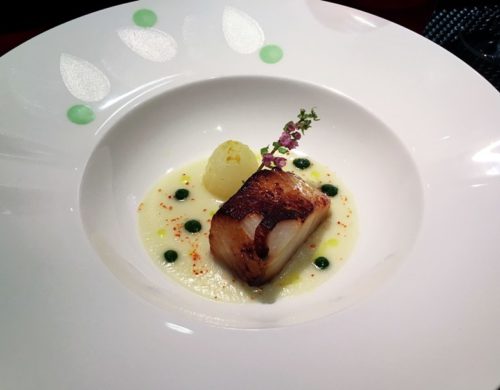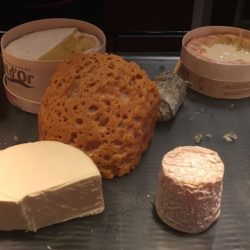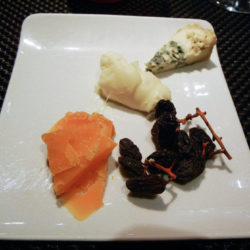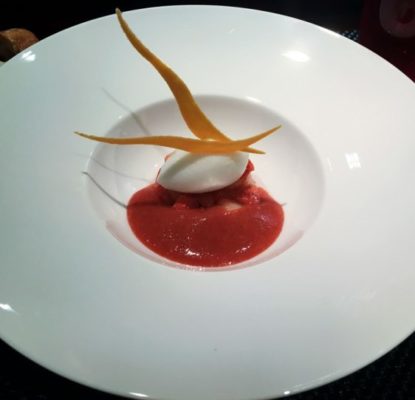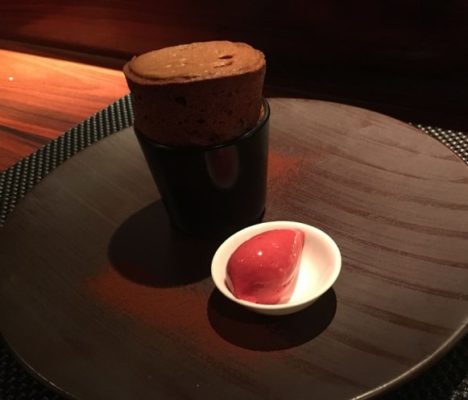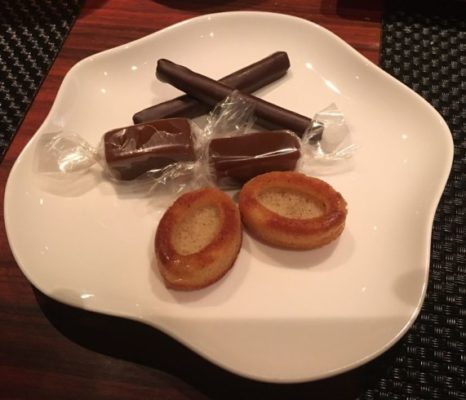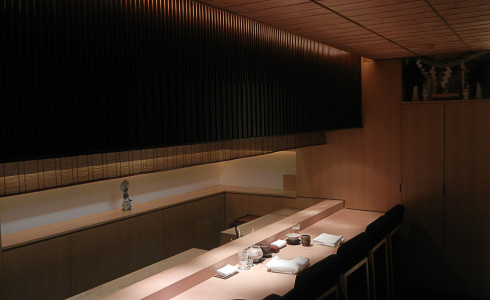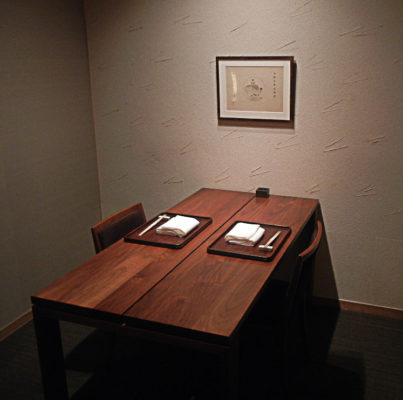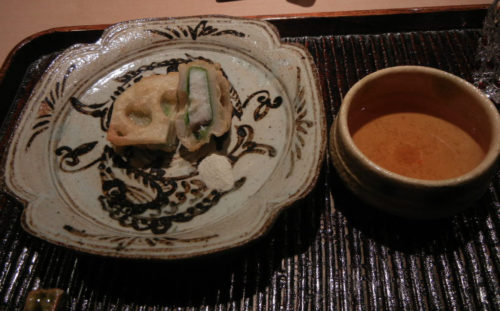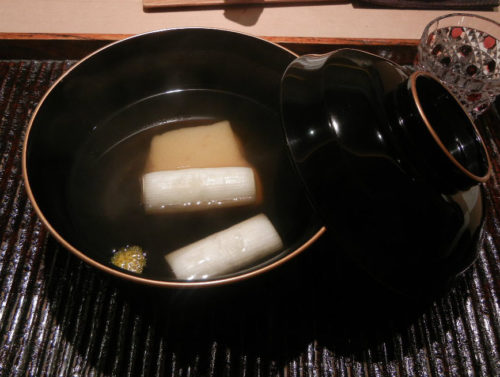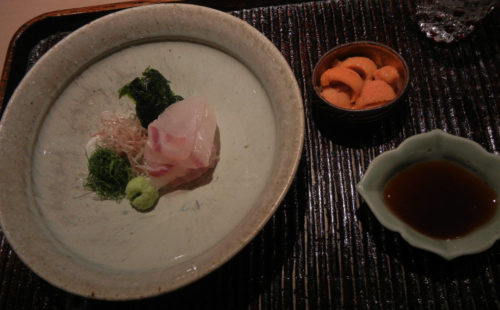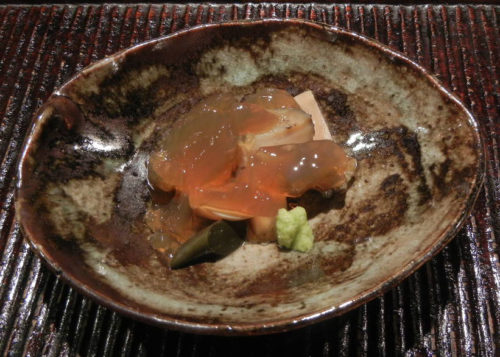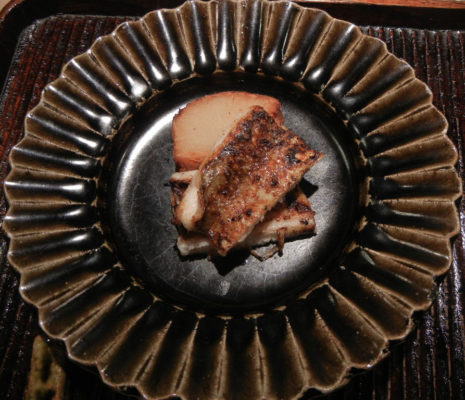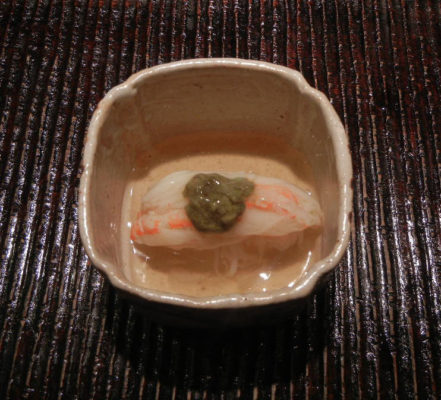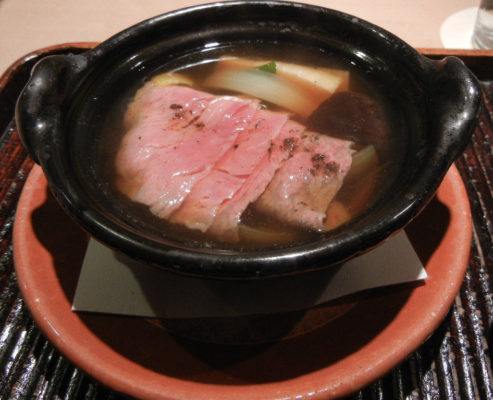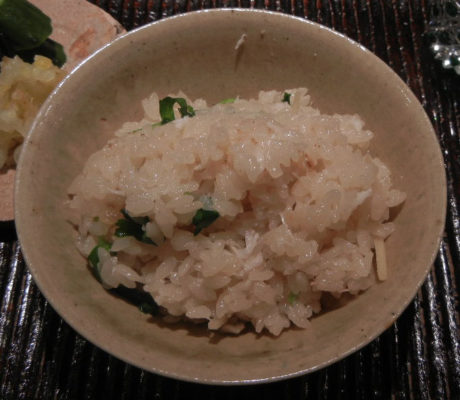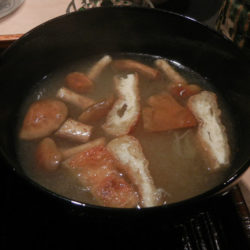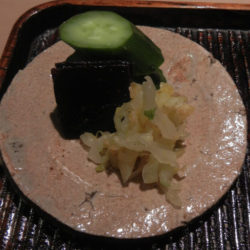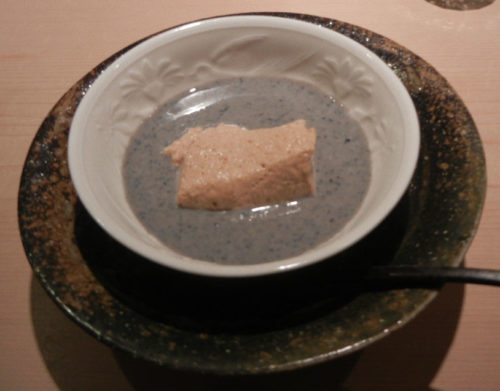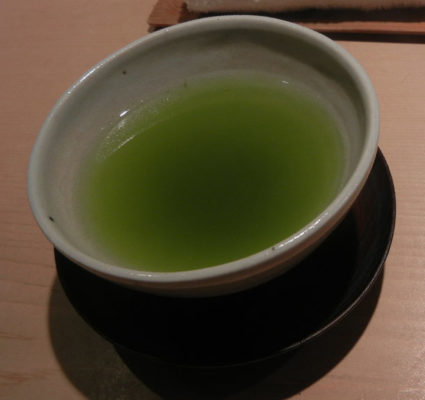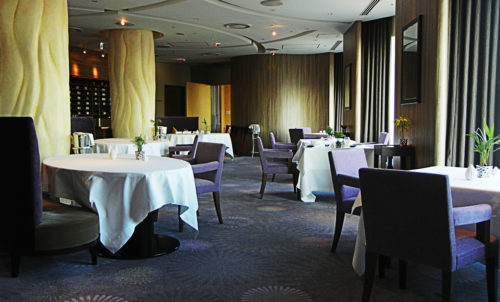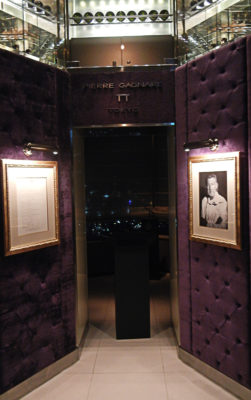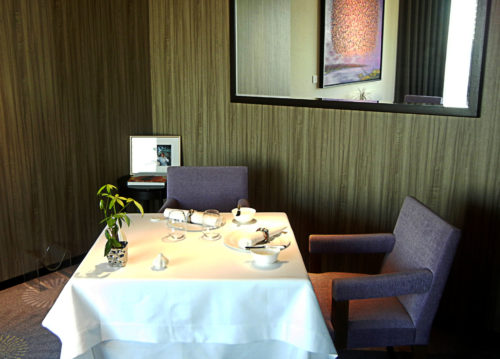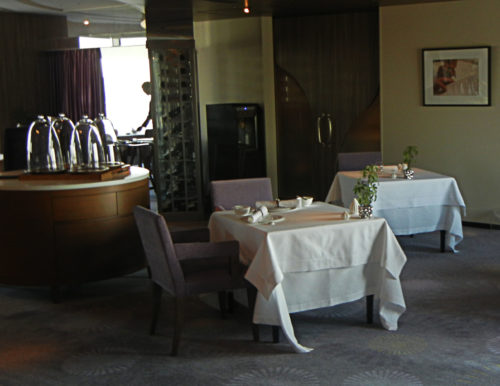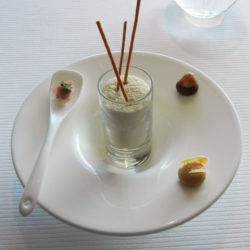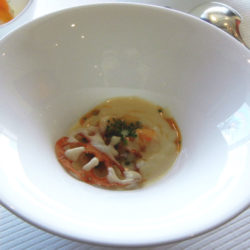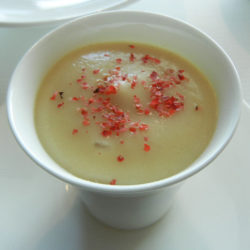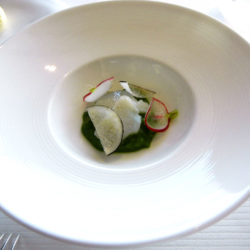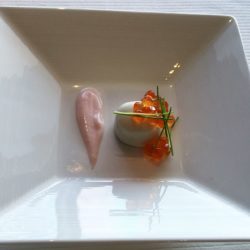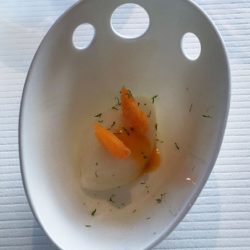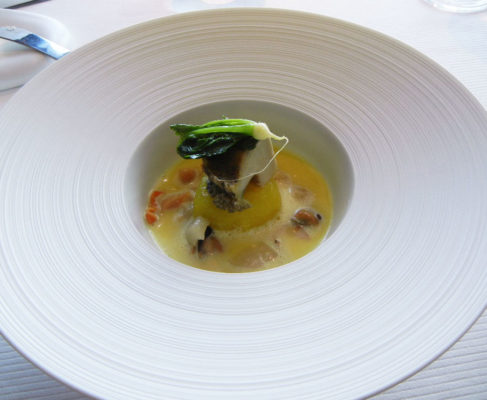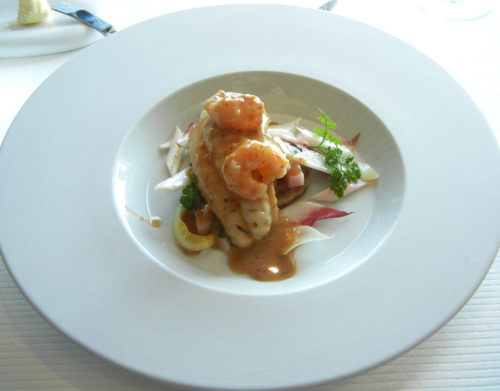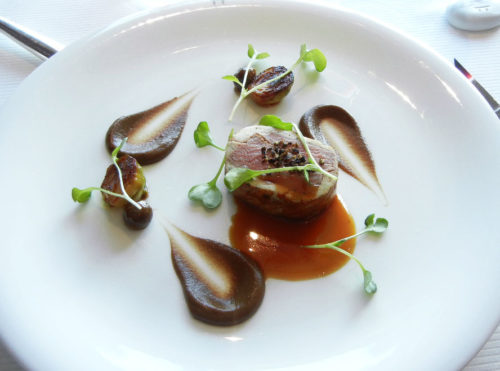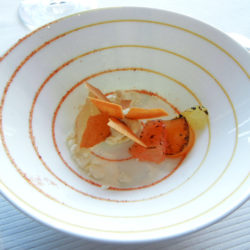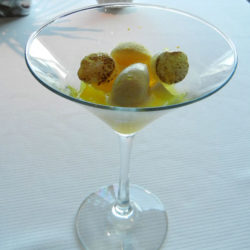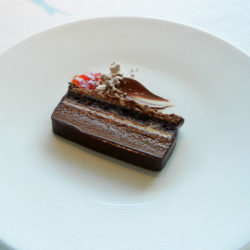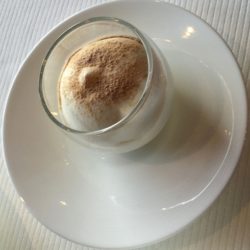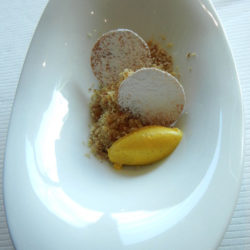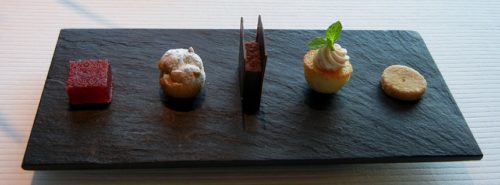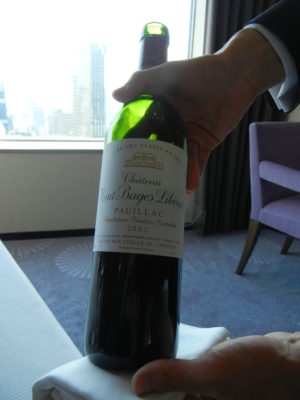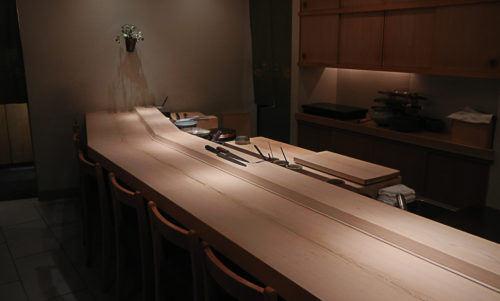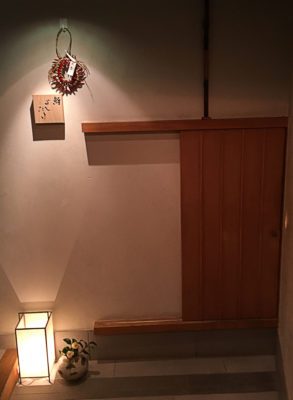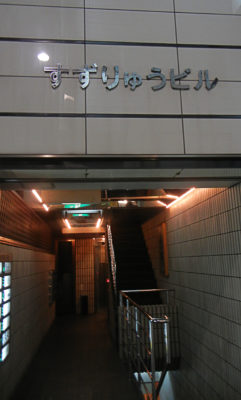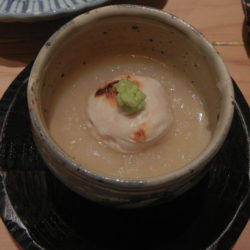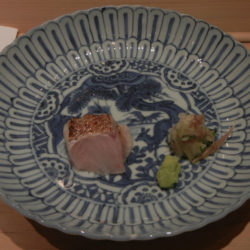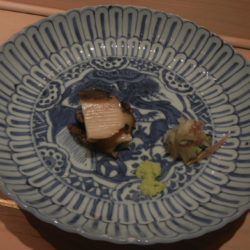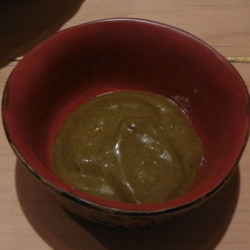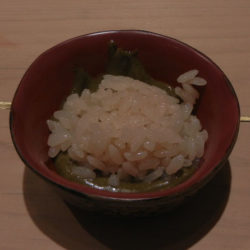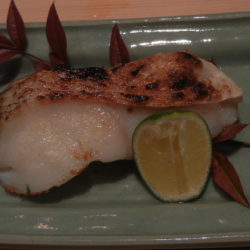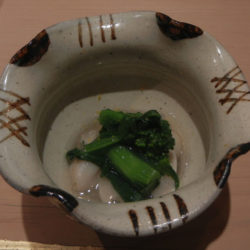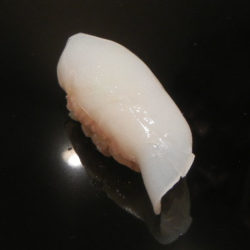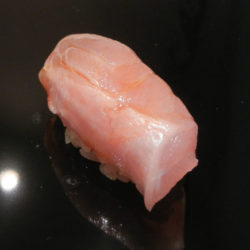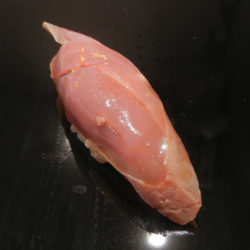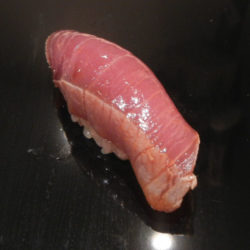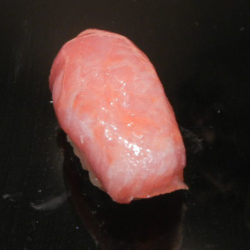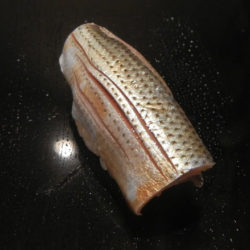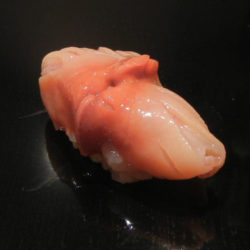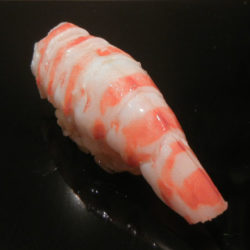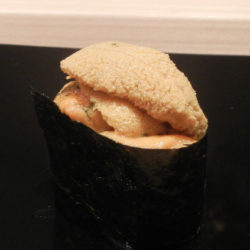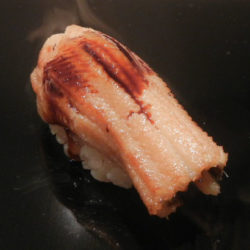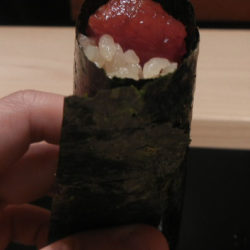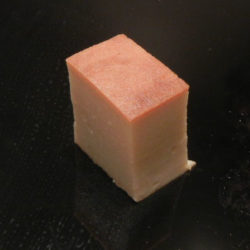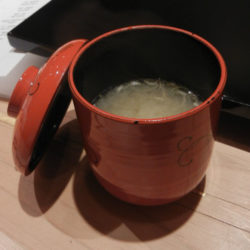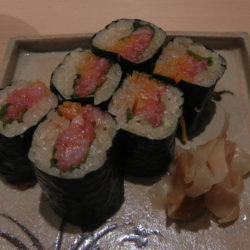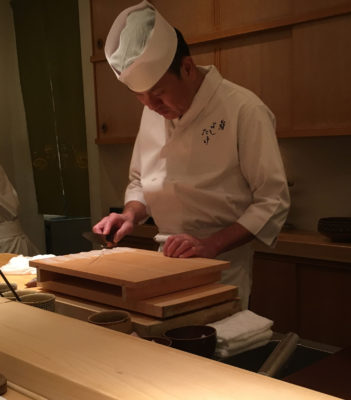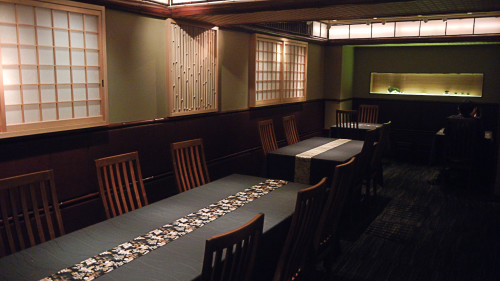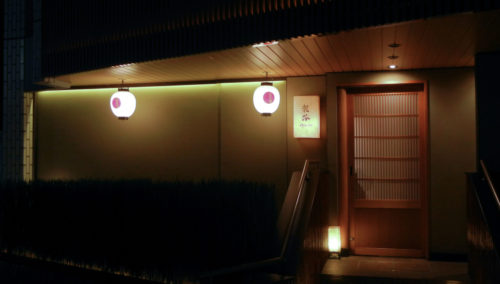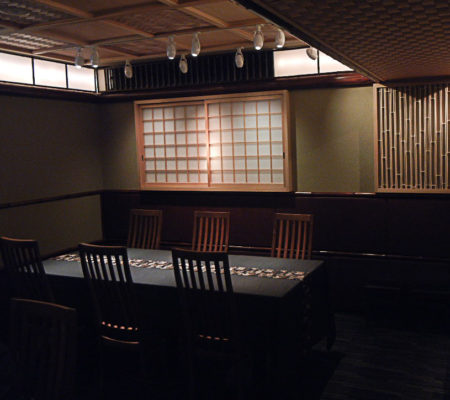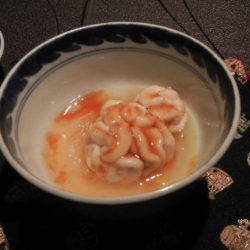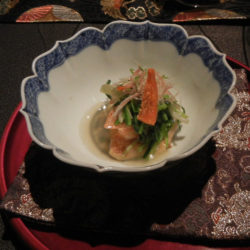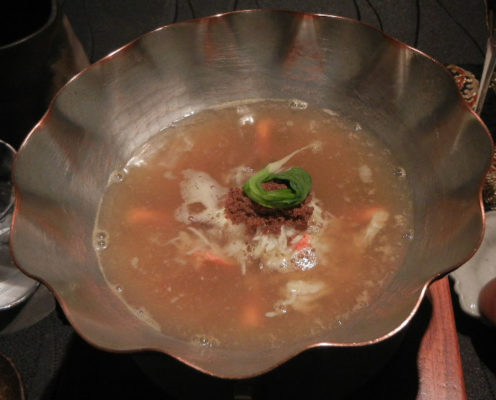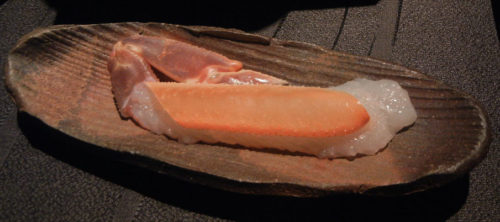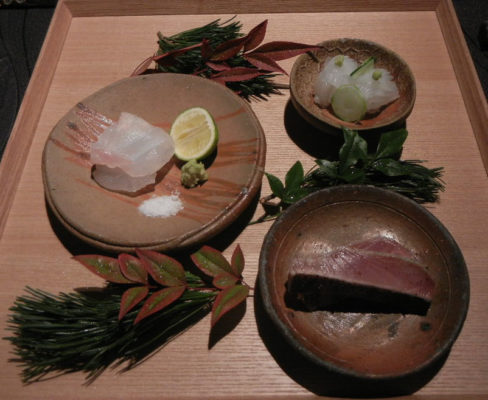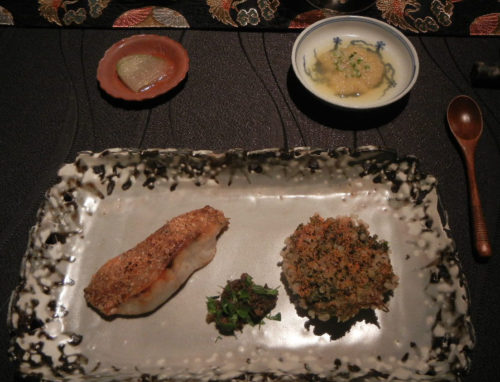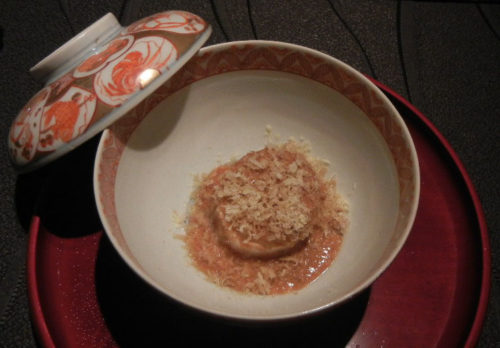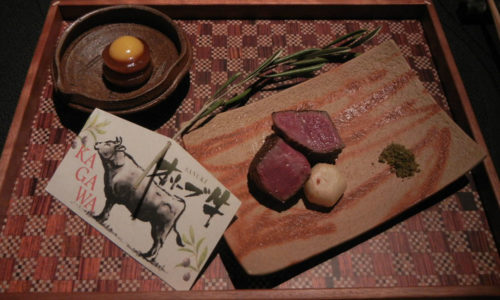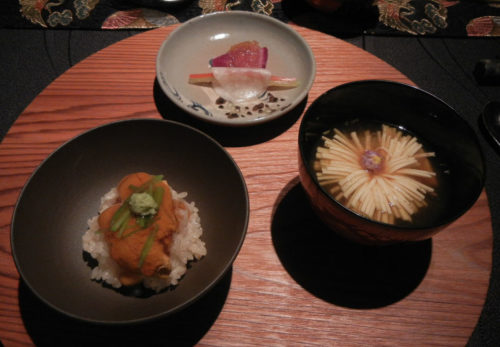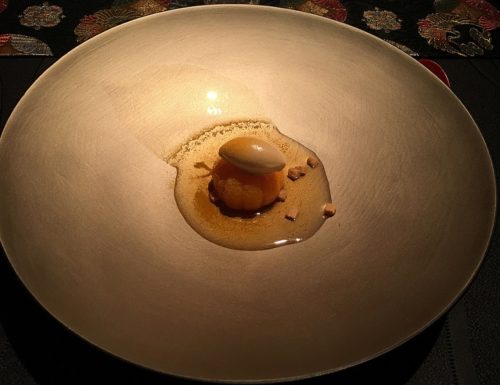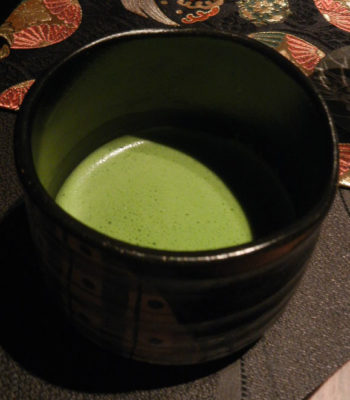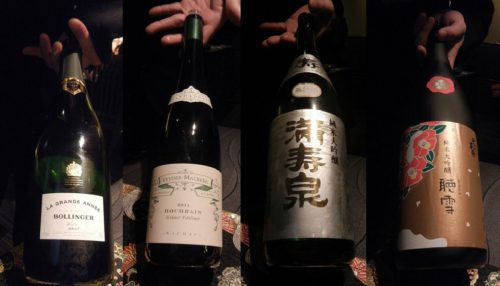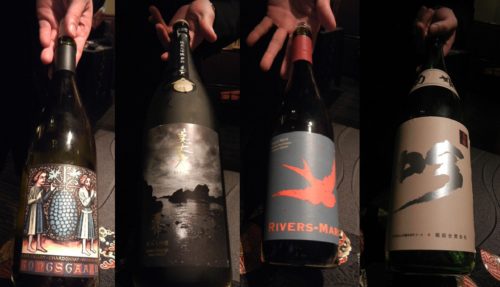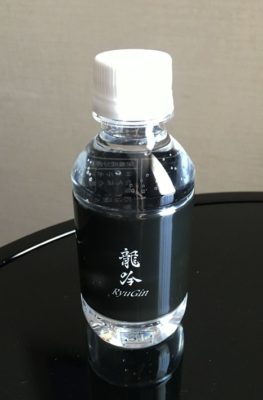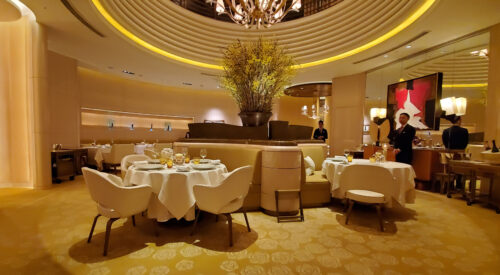
L’OSIER
7 Chome-5-5 Ginza, Chuo City,
Tokyo 104-0061, Japan
+81 120-156-051
Official Site
Japanese company Shiseido is among the largest cosmetic companies in the world, with its headquarters located in Tokyo. It also owns L’OSIER, one of the oldest and most esteemed French restaurants in the city. Established in 1973, the restaurant received immediate acclaim, being awarded three Michelin stars when the guide published its Tokyo edition in 2007. At that time, the kitchen was under the supervision of Chef Bruno Menard, who maintained this distinction for three consecutive years. However, following Chef Menard’s departure in 2009 to pursue other ventures and the restaurant’s subsequent closure for renovation, it reopened in 2013 with Olivier Chaignon as the new executive chef, resulting in the loss of a star. The restaurant maintained two stars until 2018, when Chef Chaignon returned it to its former glory in 2019 by reclaiming the third Michelin star.
A native of France, Chef Chaignon boasts an impressive resume, with previous stints at La Taillavent and the three Michelin-starred Pierre-Gagnaire in Paris. He came to Tokyo in 2005 to serve as the head chef of Pierre-Gagnaire au Tokyo, where he remained until 2013, during which time the restaurant was awarded two Michelin stars.
Situated in the upscale shopping district of Minato-ku, L’OSIER welcomes guests with a grand entrance. A doorman opens the large bronze door upon arrival, and a gracious hostess escorts guests down a spiral staircase to the dining room. Inside, the windowless dining room exudes tranquility with its serene lighting. Tables are adorned with neatly pressed thick white cloths, accompanied by leather-padded chairs and benches lining the walls. Additional seating is positioned in the center of the space directly below the elegant chandeliers. To dampen noise levels, the floors are carpeted with thick rugs featuring rose flower imprints.
L’OSIER offers different set menus for both lunch and dinner, as well as a “special menu”. During my visit, I selected the “Menu Degustation,” which commenced with the AMUSE-BOUCHE. This delightful assortment of bite-sized snacks was served on a clear glass plate alongside a cup of foamy potato soup. The soup boasted a refined potato flavor with hints of mushroom and citrus from the yuzu, making it perhaps the most sophisticated potato soup I’ve ever tasted.
Menu Degustation:
The first course featured OSSETRA CAVIAR AND HOKKAIDO KEGANI CRAB – Jerusalem artichoke ravioli, finger lime/oyster leaf, with the luxurious saltiness of the caviar complementing the wonderful taste of the crab. Additionally, the plate included three small artichoke mousses topped with jelly, providing a pleasant sourness. Following this was the DUCK FOIE GRAS – roasted, cream of trompette mushroom condiment, chestnut/ beetroot/ kumquat, green cardamon flovoured mushroom broth foam, a decadent dish combining sweet, citrus, and savory elements. The green cardamom mushroom foam added a unique flavor dimension to the dish. Next came the HATA FISH – coated with black truffle crust, cauliflower, shellfishes lettuce sobayon sauce, delicate and tender, with a crispy crust mimicking fish skin made from thin black truffle bread. The sobayon sauce, made from three types of Japanese shellfish, added deep sea flavors to the dish.
For the main course, HOKKAIDO VENISON – roasted with black pepper from Madagascar, acidulated red cabbage with black currant, green pasta stuffed with braised shoulder, carrot mouse, “Poivrade” sauce was served, roasted impeccably to retain its moisture and tenderness. Drenched in “Poiverde” sauce, the venison had a layer of peppery spice, perfectly complemented by a green pasta filled with braised venison shoulder and a carrot mousse with a sweet and earthy flavor.
The CHEESE SELECTION were mostly French cheeses, with a surprising addition of selections from Japan. Of particular note was the blue cheese from the Nagano prefecture, renowned for its distinct sharpness and creamy consistency. Following the cheese course, a refreshing Strawberry Sorbet was served as the palate cleanser. Its icy coldness and fruity sweetness were invigorating, albeit leaning towards the sweeter side. Alongside the sorbet were delectable bite-sized treats, with the strawberry meringue and banana chocolate standing out as particularly delightful.
For the main dessert, the “BABA” – sponge cake with tropical fruits, coconut sherbet was served. This was L’OSIER’s take on the classic French dessert known as rhum baba or rum cake, which had been refined and given a modernized twist. The cake featured plenty of fruity elements and a deep, rich rum flavor that harmonized with other components on the plate without overshadowing them. Following the dessert, the SWEET DELICACY TROLLEY arrived at my table, brimming with chocolatey delights and other sugary treats, providing a terrific conclusion to the meal.
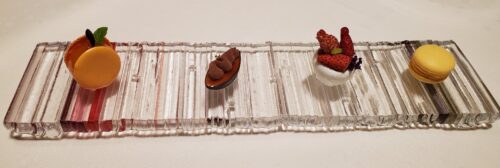
This kitchen delivered a remarkable meal. Each plate was artfully arranged, vibrant, and bursting with colors. The food was light yet packed with a fantastic composition of flavors and textures. The culinary expertise demonstrated a high degree of technical skill, using ingredients of the finest quality, primarily sourced locally. Alongside this tasting experience, I indulged in the wine pairing, mainly consisted of European wines. The sommelier’s selections were spot-on, enhancing each bite with an additional layer of flavor.
The staff at L’Osier exuded an air of formality, dressed neatly in dark suits. While their service was extremely formal and sometimes bordering on robotic, they remained unobtrusive, speaking only when spoken to. The dining room manager took charge of explaining each course as it arrived at the table, maintaining a quiet and private atmosphere for diners to enjoy their meals in comfort.
Although dinner at L’OSIER cost less than $500 (at the time of my visit), it was still considered pricey. However, considering the inclusion of wine pairing and service charge, along with the favorable exchange rate of the USD, it represented excellent value for money. As a three-star establishment offering sublime haute cuisine, L’OSIER provided a remarkable dining experience at a relatively reasonable price point compared to similar establishments in the US and Europe.
Wine Pairing:
French culinary titans like Alain Ducasse, Pierre Gagnaire, and the late Joel Robuchon, along with numerous other Michelin-starred French chefs, have established outposts in Tokyo and throughout Japan. The French restaurants in this country are considered to rival those in France due to their uncompromising sourcing of quality ingredients and impeccable cooking culture. L’OSIER exemplifies this standard, standing as one of the finest French restaurants where anyone can dine, easily rivaling the great gastronomic venues in France.

